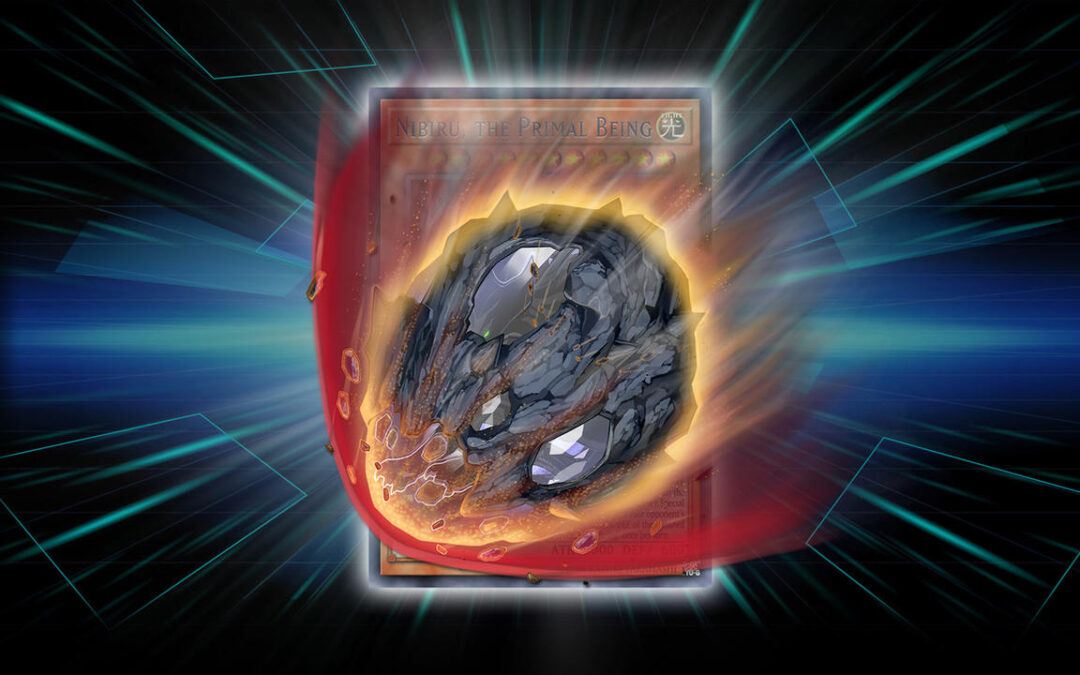In an attempt to compile a roster of the top 10 Yu-Gi-Oh! Cards of 2024, I realized a predominant trend:
the Snake-Eye archetype dominates the scene. Its emergence in the TCG during the Age of Overlord was unmistakable, and it received a substantial boost with the recent Phantom Nightmare expansion.
Since the introduction of Rescue-Ace, speculation has arisen regarding the potential evolution of archetypes like Pyro, pondering whether they were destined for greatness.
The unveiling of both Age of Overlord and, more conclusively, Maze of Millennia provided the answers we sought.
Maze of Millennia marked a significant milestone with the introduction of the first universal searcher for Pyro monsters of level 4 or lower – a tool akin to Reinforcement of the Army, tailored specifically for Pyro decks.
In crafting a comprehensive list of the year’s most prevalent cards, randomness cannot dictate selection.
The year has ignited with promise, particularly for Pyro-centric strategies, promising a “fire”-filled journey ahead.
-
At the forefront of our essential card collection, we find Droll & Lock Bird, a staple choice revered by spellcaster enthusiasts and reviled by combo-deck aficionados. This card holds the power to halt opponents, preventing them from adding cards from their deck to their hand until the turn’s conclusion.
-
Nibiru the Primal Being emerges as a crucial inclusion in both side and main decks, adapting to the evolving landscape of opposing strategies. With recent banishments of formidable Omni-Negates like Savage Dragon and Baronne de Fleur, Nibiru asserts its dominance as a formidable counter to combo-heavy decks, particularly those executing five or more summons in a single turn. By tributing all face-up field monsters for its summoning, Nibiru not only halts opponent combos but also leaves a formidable 3000 ATK presence for future turns.
-
WANTED: Seeker of Sinful Spoils stands out as perhaps the most formidable and contentious card of the current era. Freshly introduced in Age of Overlord, this swift spell empowers players to retrieve a Diabellstar monster from the Deck or Graveyard to their hand. Its quick activation during the Draw Phase circumvents counters like Droll & Lock Bird, ensuring uninterrupted strategy execution. Additionally, its secondary effect enables the retrieval of a Sinful Spoil card from the Graveyard or Banned Card Zone, further solidifying its role as a consistent engine with both effects usable once per turn.
-
Diabellstar the Black Witch serves as the prime target for Seeker of Sinful Spoils’ retrieval efforts. This Level 7 spellcaster offers versatile summoning from the hand by discarding another card, followed by the immediate setting of a Sinful Spoil card from the Deck to the Spell and Trap Card Zone. If destroyed by an opponent’s card during their turn, Diabellstar resurfaces on the player’s field, allowing a potential reactivation of its effect.
-
Ash Blossom & Joyous Spring remains a ubiquitous presence since its debut in Maximum Crisis, asserting itself as a staple inclusion across a myriad of Decks, offering unmatched disruption potential.
-
Original Sinful Spoil, the cornerstone of Diabellstar the Black Witch’s strategy, garners attention for its ability to facilitate key combos by summoning a Level 1 Fire monster upon sending a face-up card to the graveyard. Its utility extends to graveyard retrieval for a level 1 Fire monster once per turn, ensuring consistent access to crucial cards like Kurikara Divincarnate.
-
Effect Veiler, a historic Hand Trap from Storm of Ragnarok, retains its relevance by providing invaluable effect negation on opponent’s monsters without the usual limitation of one use per turn.
-
Infinite Impermanence, initially underestimated upon its TCG debut, finds utility in decks like Altergeist, leveraging its ability to activate Altergeist Multifaker’s effect upon resolution. Its flexibility extends to activation from the hand in the absence of cards on owner field, providing versatile effect negation for opponent’s monsters.
-
I:P Masquerena emerges as a staple Link-2 in decks like Snake-Eye, offering a means to Link Summon monsters on the opponent’s turn while safeguarding them from destruction by card effects. Its versatility enables disruptive plays against opponent’s combos or resilient monsters like Crusadia Avramax.
-
Linkuriboh, a linchpin in aggressive Snake-Eye strategies, faces the brunt of April’s banishments alongside Savage Dragon and Baronne de Fleur, signaling a farewell to its pivotal role unless a meta shift resurrects its relevance.
What additional factors should be considered when compiling a list predominantly focused on a single deck?
Much like the eras of Zoo, Net, Pepe, and Tearla, Snake-Eye now enjoys its own moment in the sun.
Venturing into battles with decks other than Snake-Eye doesn’t necessarily ensure victory in today’s competitive landscape.
Amidst a meta ablaze with excitement, perhaps another inferno is stirring. Legacy of Destruction introduces the highly debated new archetype, Tenpai Dragon, igniting fervent discussions among players.
These Fire-type dragons possess undeniable prowess, capable of sealing a game solely upon entering the Battle Phase. Unlike the previously mentioned cards, Tenpai Dragon cards are only available as Common and Super-Rare.
This prompts contemplation: are they truly formidable contenders, destined to dominate until September’s new banishments, hence the issuance of Communes? Or are they merely a fleeting illusion, akin to the ephemeral allure of characters like Ken and Gen from the Age of Overlord?
